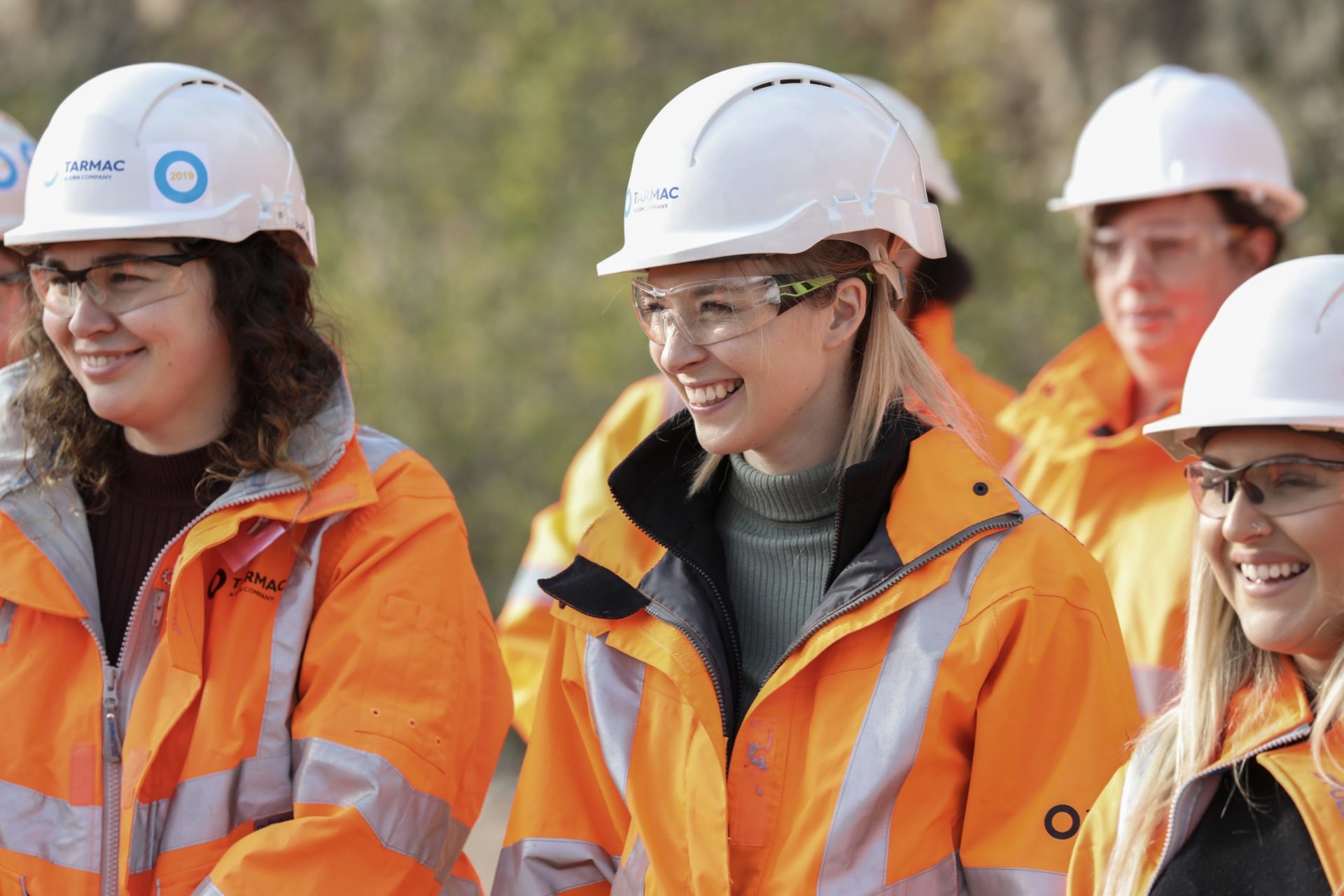
Construction’s quest for net zero ideas and innovation can be fuelled by greater diversity in its workforce, writes Tarmac’s Erusa Adizie.
I was recently back at my former university to talk to students about the opportunities that a sustainability career in construction can offer. Some young people in the audience were questioning why they should join our industry, rather than a sector such as renewable energy.
My response is that change is taking place. But I also like to reflect on a point that Bill Gates has said about the climate emergency.
His message is that while electricity generation accounts for only a quarter of greenhouse gas emissions, what will really turn the dial will be decarbonising the ‘hard-to-treat’ sectors which make up the other 75%, under which construction falls.
In a climate emergency, the issue is not to divide the world into binary buckets of ‘green’ and ‘brown’ jobs. Construction has a critical role in delivering a net-zero world and individuals will play active roles in this. But the industry faces well-documented skills challenges and has an ageing workforce.
Part of the solution is already in play. We’re seeing greater support for STEM subjects. But construction must do more to direct this emerging talent into our sector.
The industry also needs to attract a more diverse workforce. According to the CIOB, women make up 15% of the UK construction industry, with approximately 2% working on-site. Employees from an ethnic minority background and disabled employees make up 6% of the workforce respectively. The figure for those who identify as LGBTQ+ is unclear.
More representative of customers
Increasing diversity brings different thinking to the table and makes the industry more representative of its customers and wider society. Critically, an inclusive culture and greater diversity also increases the pool of talent available. On the journey to net zero, construction companies need to attract informed and engaged people to drive new ideas and innovation.
At Tarmac, whether we are talking to a customer or young people about careers, people rightly want to know the steps we are taking to reduce emissions.
We have aligned with our parent company CRH to set a target to reduce CO2 emissions by 30% by 2030 (from a 2021 baseline). The Science Based Target initiative (SBTi) has validated CRH’s near-term science-based carbon emissions reduction targets in line with a 1.5 deg C pathway.
In asphalt production, we have switched over 60% of our plants to lower-carbon fuels, including natural gas, liquid petroleum gas (LPG) or hydrotreated vegetable oil (HVO). To further lower the CO2 footprint of asphalt by up to 15%, we have made warm mix asphalt (WMA), the default product for customers instead of hot mix asphalt (HMA).
We’re exploring the potential use of bio-binders to partially replace bitumen and achieve CO2 reductions, as well as polymer-modified bitumen and other solutions to deliver longer-lasting durability.
Cement production remains an energy-intensive process, but we are investing in new technology that allows our kilns to use up to 70% waste-derived fuels. These reduce fossil fuel use while also diverting waste from landfill or incineration.
Erusa Adizie is net-zero manager at Tarmac.











